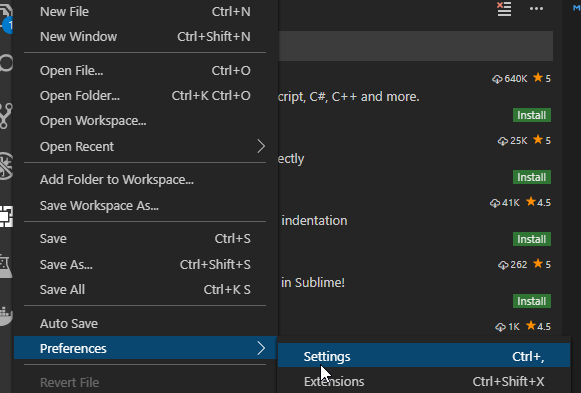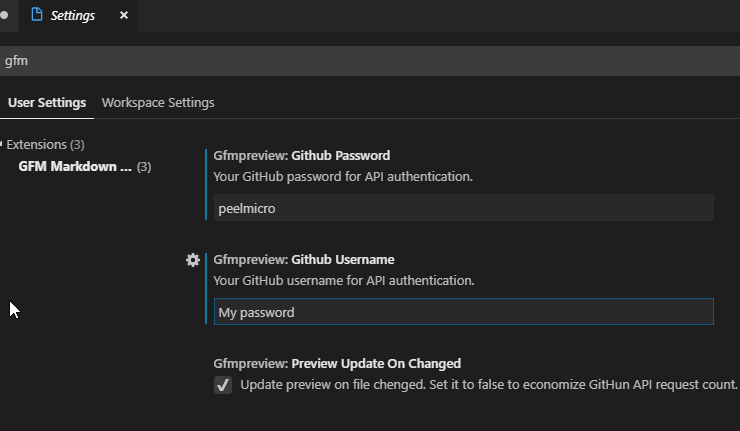

seems tiny, but it is rescaled when you print on letter paper (even when you print 4-up as I do). $(notes_tex): %.tex: %.md preamble-notes.tex To make the slides, the Makefile looks like this: classnotes.md holds my actual work prepping the class, if I ever actually get to that instead of messing around with my computer. It is \input in both preamble-notes.tex and preamble-slides.tex, which have the specific commands for the slides or the notes. Macros.tex holds LaTeX preamble stuff that is shared between notes and slides: this includes the textpos grid setup. I’ve also stuck that python script, overlay_filter, in my PATH. You could go for one big Makefile instead, but you’d have to be careful about TeX’s tendency to spew all its files into the working directory. I’ve used two Makefiles in the setup on github. In order to control the insane profusion of intermediate files this generates, I corral the slide outputs in a separate directory from the notes. For the rest, the noble Makefile comes to our aid. Only the first step should require intervention by hand. Generate Keynote file of slides for projection.Write slide-note file in markdown/LaTeX combo.

Now we have the following production process: What could be simpler! Frankly, if you’re not writing python scripts the morning before you lecture on Joyce because you want your slides to come out just so and you’ll be damned if you type the same text twice over when you could automate it…you’re doing it wrong. This is specified (once more) in the command line call to pandoc using the -filter option. Beamer has a \note$', "", m.group( 2))Ĭode on github.
#EASY MARKDOWN SLIDESHOWS CODE#
2 Here is the first of many places I take advantage of pandoc’s willingness to pass raw LaTeX code through unchanged when it generates LaTeX from markdown. There’s no way to add notes to yourself in pure markdown. So with a little help from beamer’s exhaustingly comprehensive documentation and the internet, here are the solutions I found… Notes The ability to stage more elaborate “builds” than just the incremental reveal: I wanted to hide and reveal various elements of a slide.Īnd no clicking-an automated process for going from the source notes to any and all outputs I needed for class with one command. Notes to myself, output in a format I could use when I was teaching, which meant: with some indication of the corresponding slide Ĭontrol over the slide formatting, including the typeface įlexibility when I wanted to lay out images and text on the same slide Ī “presenter interface” like the one in Keynote, with a preview of the next slide and a clock I make frequent use of the oddball syntax for incremental lists, which is to put the list in a block quote. For a sample of the kind of results I get, see the slides from my Early Twentieth-Century Fiction course this semester, for example a lecture on Djuna Barnes.īasic pandoc-markdown for slides gets you most of the way. All the bits and pieces for doing this can be found in my repository of TeX stuff on github, in the lecture-slides directory. (If you want easy slides made easy, consider Ben Schmidt’s suggestions.) Here’s what I do these days. Getting what I want out of that setup is what makes easy slides difficult. Whether the temptation to further procrastination/tinkering was really healthy is a separate issue.Īnyway, markdown for slides with pandoc is pretty simple and easy-to-use, but because I wanted some features that the HTML formats do not easily support, I was tempted into going with pandoc’s capacity to generate LaTeX slides using the beamer package. By contrast, once I started writing my slides and notes together, I got my materials for class together quite a bit faster. I always ended up having to create two parallel versions of each class: the slides, and my own notes. And, worst of all, adding notes for myself to slides is pretty hopeless.

It was a relief to stop fighting with Keynote, 1 which is nice as presentation programs go but still exhausting: it constantly makes wrong guesses about formatting putting text where you want is a struggle, and inevitably imprecise.

I switched over to this way of doing things last year. You write plain text, and a single pandoc command produces slides in one of a number of nice HTML formats (like reveal.js or slidy), ready to be uploaded, or in PDF. Don’t painfully lay out each slide, click by click: just write down an outline and let a program generate the slides for you.


 0 kommentar(er)
0 kommentar(er)
